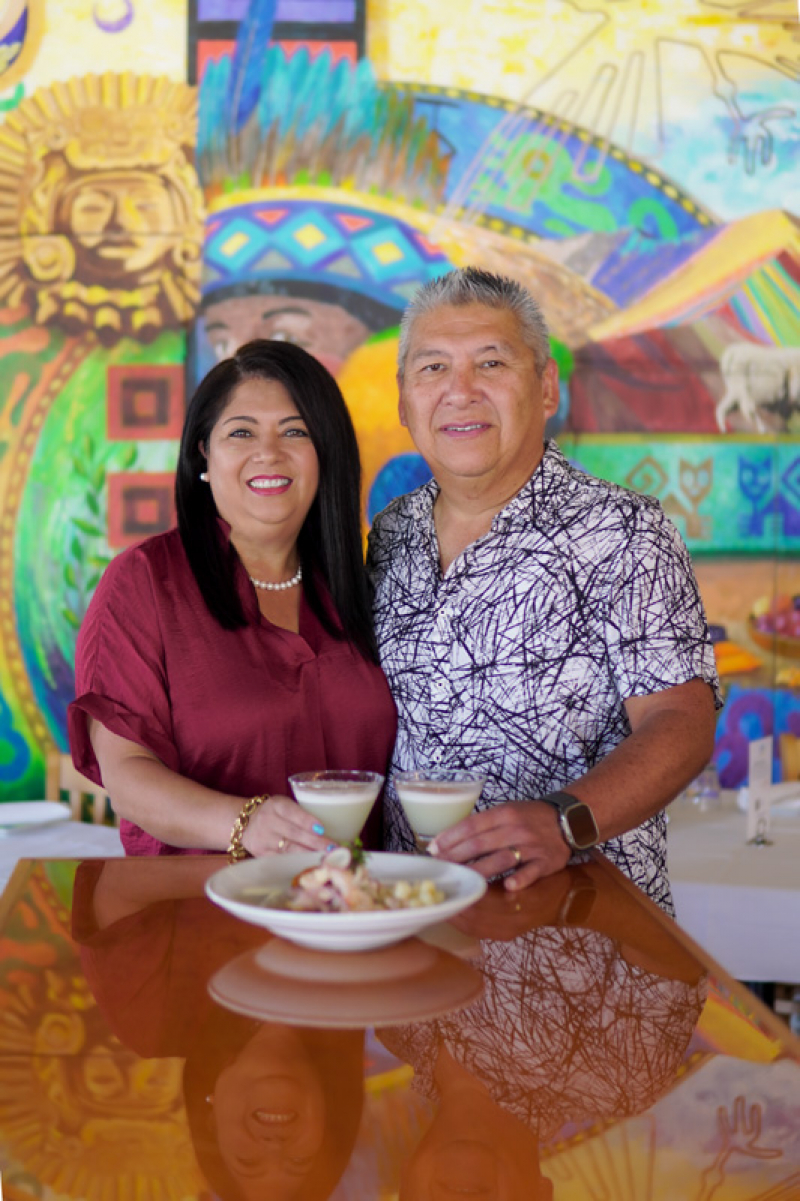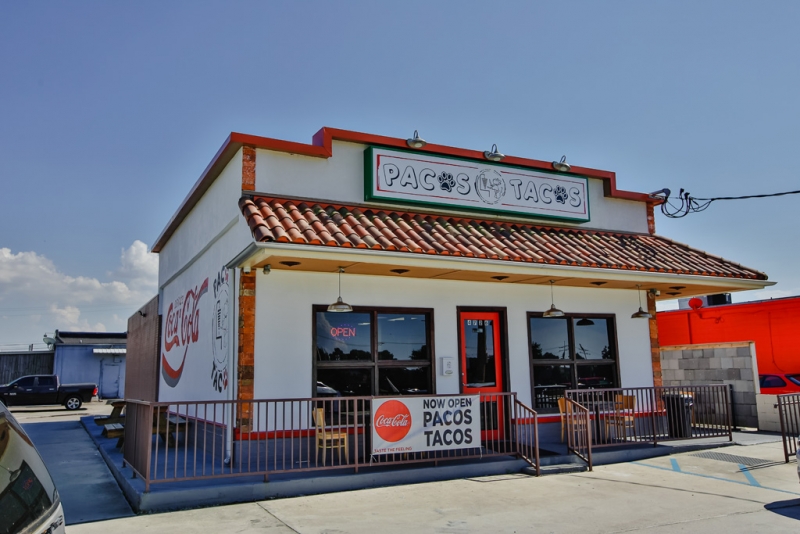- Written by Claudia Vallejo
- Published in Out & About
The Music of Cimafunk
The Music of Cimafunk
By Claudia Vallejo
Click aqui para español- >La Música de Cimafunk
Things in life must be taken slowly.” That’s what the first line of one of Cimafunk’s songs would translate to, a statement quite the opposite to the rapid rise of the musical career of this Cuban artist. He dances on stage with tremendous “tumbao”, spinning from side to side and moving his arms rhythmically. It seems he’s reminiscing the past with his flare pants, open-chested gold shirt and big sunglasses; yet his music is very much about the present, the people, the party, and even about a broth of beans or “El Potaje,” a Cuban staple that his most recent production is named after.
Billboard Magazine named Cimafunk one of 2019 Top Ten Best New Latin Artists. His career began less than two years ago, and he’s already debuted at the South by Southwest Music Festival in Austin and at the SummerStage Festival in New York’s Central Park. He has sold out concerts in Washington, D.C., Chicago, Los Angeles, and several other cities throughout the United States, in Latin America and Europe. His name has appeared in the New York Times, the New Yorker, the Miami Herald and numerous media outlets.

Cimafunk visited New Orleans for the second time to play at the music venue Tipitina’s. A surprise performance took place during a press conference where local bands Tank and the Bangas and The Soul Rebels played along Cimafunk and ten music students from the Trombone Shorty Academy. The impromptu performance was a tease of an encounter between the artists that will take place during the Jazz Festival in Havana, Cuba next January.
Viva Nola Magazine spoke to Cimafunk about the cultural ties between these two cities, about his album “El Potaje,” and about his dazzling career.
VIVA NOLA: There is a very special connection between New Orleans and Cuba...
Cimafunk: Totally! There is a very strong musical and cultural relationship. Overall, the music of both places is very spiritual, deep, and very much of the town’s folk, which connects us and it’s nice to be able to feed of each other.
In other articles, the press has named you “a bridge between Cuba and the United States.” Isn’t that a big responsibility?
I’m not really the bridge. There are many people who have been collaborating for some time between the two countries and bringing musicians from both places. There are people who are very committed to that mission and it’s because of them that I’m here. I’m just doing my part within my time doing what I love, bringing my music everywhere.

What is the real meaning behind the title of your single “El Potaje”?
You add water to a pot, add some chili, pepper, seasoning, and throw in some food: sweet potatoes, malanga, pumpkin... a piece of chicken. You pressure cook it and once it is well done, you get El Potaje. It’s an analogy to those who took part in making the song.
In “El Potaje” you bring together great artists such as Omara Portuondo, Pancho Amat, La Orquesta Aragón and Chucho Valdés. It’s like grouping the old avant-garde with the modern...
But it is the most up-to-date avant-garde we have right now in the Cuban entertainment industry. We live by recycling what they invented. We are feeding off of them. It’s not the same thing writing a song that I’m going to sing on my own, than writing a song that Omara or Aragon will sing. You have to think it through because their dialogue is very different; you have to think about the advice they would give you. It’s like the advice I’ve received from my mother and my grandmother who are from their same generations and who possess the same wisdom about life. [Collaborating with them] was a beautiful experience. It was a constant learning process. Getting Omara to the studio to record in an instant. Chucho, was also amazing; he recorded his piano solo in thirty seconds. Pancho Amat gave a master class in the studio. The Aragon, all the arrangements, they were key.
Cimafunk singing with Alejandro Sanz at Madison Square Garden; Cimafunk singing with Fito Paez, how were those experiences?
Those are magical experiences in life. And this whole year has been full of gifts. Fito started it all. He gave us such a boost when we were just getting started. With Alejandro, it was something very casual. He liked the project, he liked our music, and he asked us, “do you want to close with me at Madison Square Garden and then open two concerts in the Miami arena?”. We were super excited; we got to learn and enjoy a lot. After all, when you get to do those things, you realize that everything is going well, and you must thank life.
The name Cimafunk gives recognition to the Maroons (rebel slaves who escaped in search of freedom). Is that an analogy to the type of music you play?
In the end music explains the way you live, and who you are. Regarding the cimarrones, they were very important characters in the Afro-Cuban movement because they were living outside the barracks, they had escaped to live in the mountains, and they were creating a new culture, playing something different. They were slaves from different regions who mingled to live with a common enemy and with a culture of their own. That’s a fundamental of the Afro-Cuban culture because they were creating freedom. For me, Funk is very similar. Funk was a process of developing an expression and a detachment from things, it was a way of expressing what we like with a groove. With funk, I can express the things that fill my soul, so, in that sense, the two parts, the genres that influence my music are very similar.
Cimafunk is a phenomenon, but Erik Alejandro Iglesias Rodríguez, the former medical student from Pinar del Río, is a simple, quiet pinareño, who, like the guajiros in the provinces of Cuba, talks with leisure and goes without haste... “That fame thing, I still don’t focus too much on that. It makes me waste my time.”

























